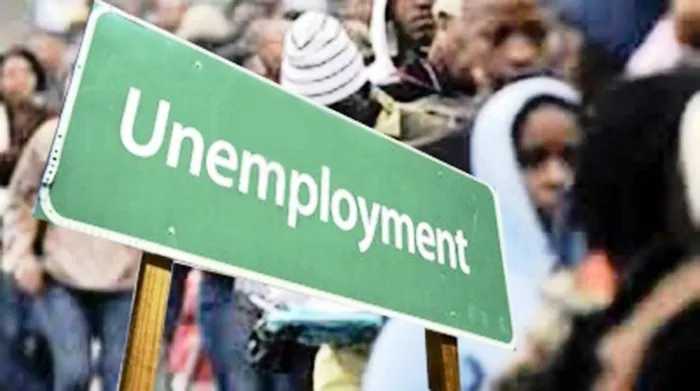Government departments instructed to prioritise job creation as calls grow for major intervention

South Africa's unemployment rate has risen to 32.9%.
Image: File
Government departments reporting to the Select Committee on Economic Development and Trade have been instructed to prioritise job creation as a matter of urgency.
This followed the announcement by Statistics South Africa on Thursday that the country’s unemployment rate grew to 32.9% during the first quarter of 2025, from 31.9% in the previous quarter.
This means 8.2 million people are now classified as unemployed in South Africa.
Select Committee Chairperson Sonja Boshoff called on the relevant government departments to prioritise initiatives aimed at addressing this crisis.
“The foremost priority of this committee is that every portfolio under our oversight decisively focuses on job creation. This aligns with the core objectives of the Government of National Unity (GNU), and we will continue to insist on this across all engagements,” Boshoff said.
She said the slow pace in reducing red tape, which continues to hamper economic development and government effectiveness, was a huge point of concern.
“Reducing bureaucratic hurdles must become a top priority. Continued delays only frustrate our efforts to build an inclusive and productive economy. Where implementation is possible, we must act swiftly to support the objectives of the GNU,” Boshoff added.
Economists and other experts have also called for decisive action on the part of government in reducing the unemployment rate.
Volker von Widdern, Risk Principal at Riskonet Africa, has called for a national risk mitigation intervention in order to prevent future risks to economic stability and social cohesion.
“South Africa’s rising unemployment rate is more than a labour market issue, it is a strategic risk event unfolding in plain sight,” Von Widdern said.
He said the time for half-measures and static policy was over.
“In economic terms, standing still means going backwards for employment,” he said.
“When growth stalls, businesses either optimise through efficiency and automation, or shut their doors entirely. In both cases, jobs are lost and opportunity for employment contracts,” Von Widdern added.
“If we continue to tolerate national budgets and economic policies that deliver subpar growth, we are compounding a long-term national threat.”
The current youth unemployment rate of 46 percent is not just a social challenge, but an embedded economic risk. With slow economic growth, a growing population cannot be absorbed into the labour market, leading to a gradual growth in unemployment figures.
“What makes the current situation more perilous is that South Africa has normalised economic underperformance. Instead of pushing for high-impact investment and industrialisation, state spending is being crowded out by social relief programmes and public sector employment,” Von Widdern said.
“This might delay short-term social instability, but it accelerates long-term economic fragility. Fiscal space is shrinking, investor sentiment is eroding, and the spectre of forced investments in prescribed assets and inflation-driven instability looms ever closer.”
The risk manager said there were a number of possible interventions, from third-party managed public-private partnerships to incentives linked to factory development and skills localisation.
“We need a ‘Marshall Plan’ for investment. We need to use Special Economic Zones not just as geographical labels, but as engines of new industrial capacity, reduced red tape, and labour flexibility. And we need to treat employment not as a by-product of growth, but as a targeted outcome backed by risk-mitigated strategy,” Von Widdern concluded.
Get your news on the go, click here to join the IOL News WhatsApp channel
IOL
Related Topics: